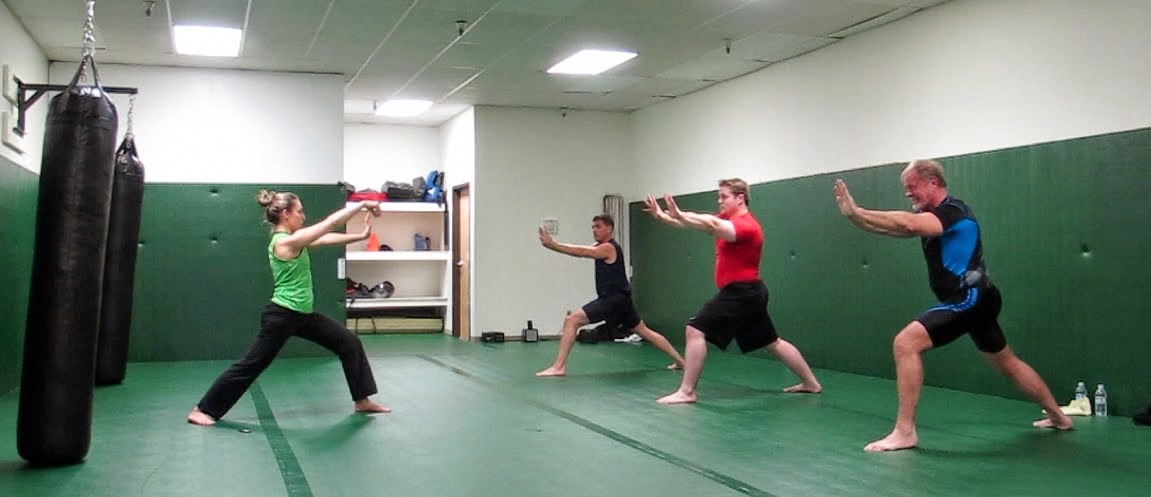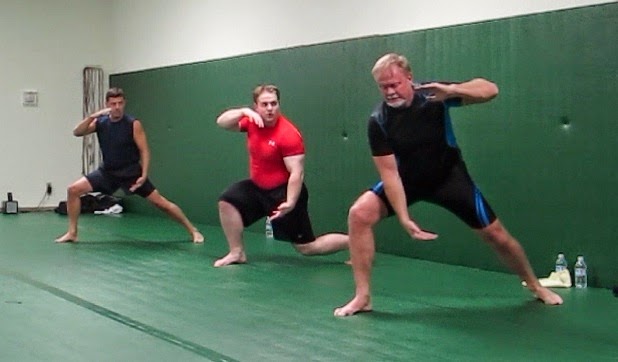 |
| Breathing and lengthening in Bound Angle Pose |
Return to Your Breath
A practice is activity we perform with intention.
Practices shape us over time, and each time we return to practice we reaffirm commitment to ourselves. Our reasons for practicing, guide all we do - these are our values, evolving, strengthening.
It is common to think we could do more -
it is a cultural impulse to increase, improve, insist
upon importance of that which we seem to have achieved.
There is little more terrorizing to our evolution, however,
than a judgement that we must be more or better -
that we are not enough, right now.
Instead, at these times, make your practice to breathe deeply.
Feel the temperature of the air on your nostrils as you inhale.
Relax your throat. Close your eyes - it's ok.
Exhale pulling the belly in.
Feel warm air through your nose as you push breath out.
Inhale, fill your chest with air, release the belly to bulge.
Just for this moment, feel air fill your body.
Visualize any empty balloon,
exhale any negative thoughts to fill the balloon.
Feel your breath pushing the balloon far away.
Let it float off, leaving you breathing your own breath.


















































